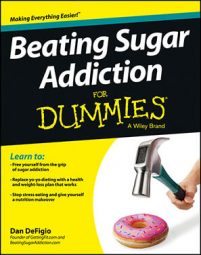Remember that exercising your abdominal muscles doesn’t burn fat away from that area! Smart eating and consistent exercise create the physiological environment and caloric deficit needed to lose body fat. You can’t pick where your fat comes off, and you can’t out-exercise a bad diet!
The U crunch is a core exercise that strengthens the abdominals and stretches the lower back.
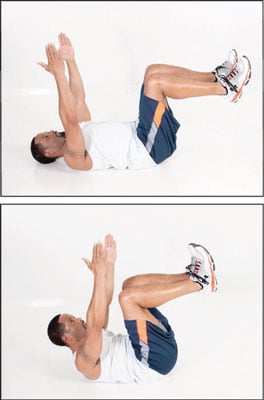
Start by lying on your back with your feet up, your knees bent, and your arms up toward the ceiling. Flex your abdominal muscles to curl your spine forward so that your chest and ribs pull down toward your navel and your pelvis rolls back toward your ribs.
Aim for half the movement to come from your upper body and half from the pelvis roll. Hold the contracted position for one second and then unroll back to the starting position.
Be careful not to overarch your lower back in the starting position.
The seated twist strengthens the waist and targets the twisting muscles — primarily your obliques and spinal erectors.
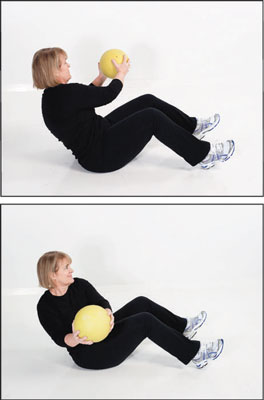
Start seated on the floor with your knees bent. Crunch your stomach muscles (pulling your ribs down and rolling your pelvis back) so your lower back is rounded. Rock back onto your tailbone, maintaining a rounded lower back.
Slowly twist your upper body approximately 45 degrees from side to side until you can’t hold the position anymore. If your back hurts before your abs, you’ve lost your rounded shape. If using just body weight is too easy, hold a medicine ball or dumbbell while you twist.
The plank is one of the mainstays of core stabilization exercises.
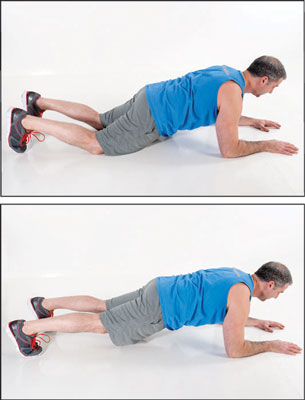
The goal is to be able to stiffen your spine like a board or a plank and hold it in the same shape in a variety of positions.
To begin the basic plank, start on all fours and then walk your hands forward until the line between your knees and your head is straight (like a plank). Flex your abdominal muscles and roll your pelvis under so your lower back is rounded.
Hold your spine in that shape and go down onto your elbows where your hands were. Just hold still and breathe. Feel your abs?
If you can hold this position for 15 seconds and it’s not difficult, lift up onto your toes instead of your knees. Just like in the seated twist, if your back hurts instead of your abs, you’ve lost your rounded lower back.
A common variation of the plank is the side plank.
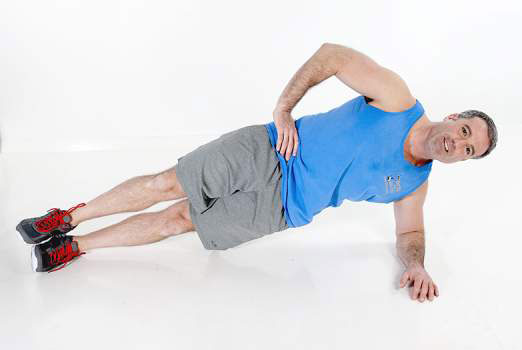
Start lying on your side with your feet stacked on top of each other and your bottom forearm on the floor. Lift your hips to form a straight line from feet to head.

